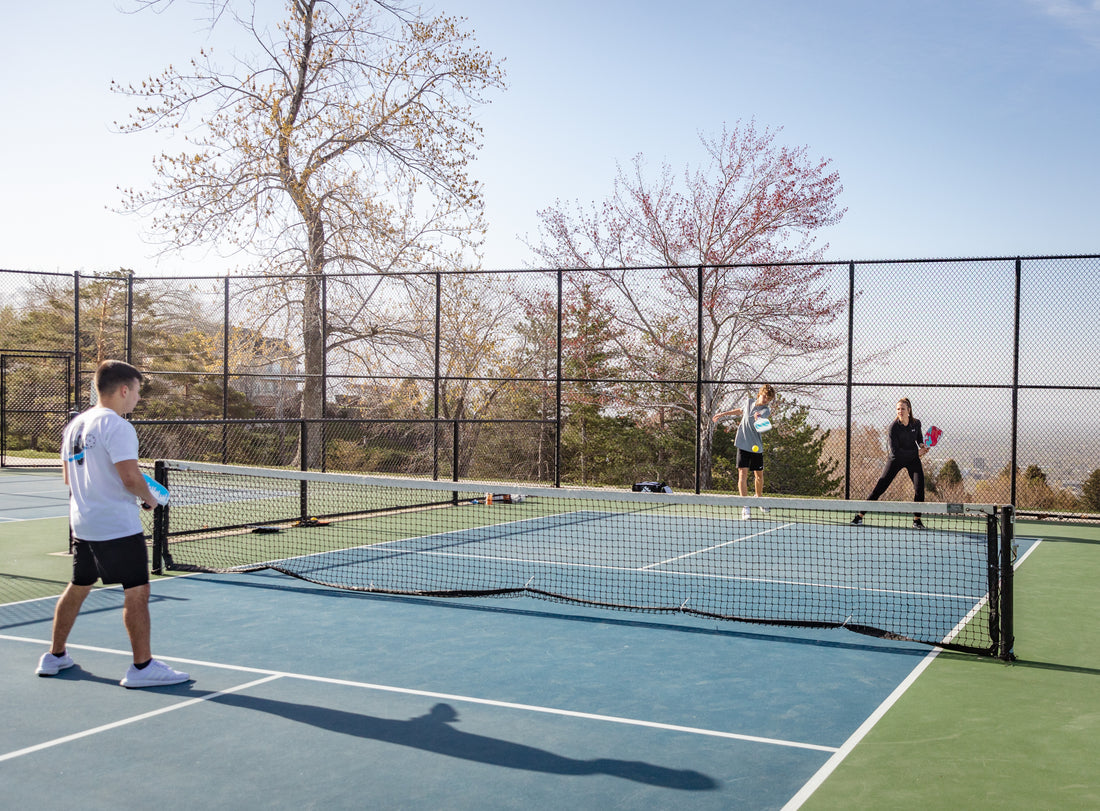Pickleball is a versatile sport that can be played on a variety of surfaces. While traditional pickleball courts are made of concrete or asphalt, there are many other surfaces that can be used to play the game. In this blog post, we'll take a look at the different surfaces that you can play pickleball on and the pros and cons of each.
-
Concrete or Asphalt: This is the most common surface for pickleball courts. Concrete and asphalt provide a stable and durable surface that is easy to maintain. They also offer good traction, which is important for quick footwork on the court. However, these surfaces can be hard on the joints and can also get hot in the sun, which can be uncomfortable to play on during hot weather.
-
Indoor surfaces: Indoor surfaces such as wood, carpet, or rubber can also be used for pickleball. These surfaces are great for year-round play and provide a consistent playing surface. However, indoor surfaces can be more expensive to install and maintain, and the ball may not move as quickly on these surfaces as it would on an outdoor surface.
-
Multi-use surfaces: Multi-use surfaces such as sport court, pickleball pro, and other modular surfaces are becoming increasingly popular. These surfaces offer a combination of durability, consistency, and safety, they are great for both indoor and outdoor use and they can be used for multiple sports.
In conclusion, there are many different surfaces that you can play pickleball on. Each surface has its own pros and cons, and the best surface for you will depend on your personal preferences and the type of pickleball you want to play. If you're looking for a stable and durable surface that is easy to maintain, concrete or asphalt may be the best option for you. If you're looking for a softer and cooler surface that is easy on the joints, indoor surfaces and sports courts may be a better option. Whatever surface you choose, make sure to take into account the local weather, the level of maintenance, the cost and the type of pickleball you want to play.


